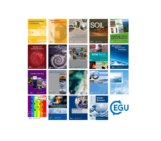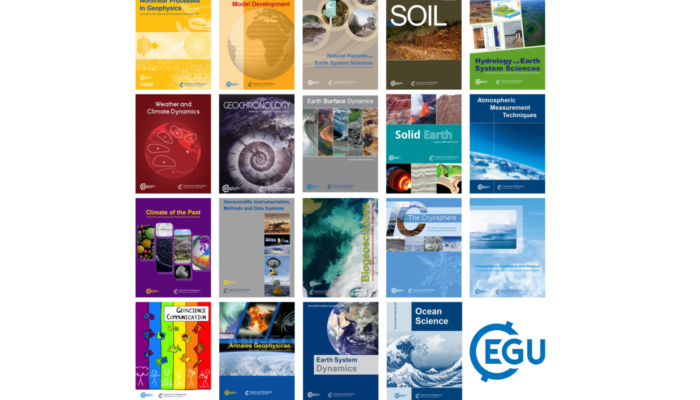
Each month we feature specific Divisions of EGU and during the monthly GeoRoundup we put the journals that publish science from those Divisions at the top of the Highlights roundup. For February, the Divisions we are featuring are: Geomorphology (GM) and Ocean Sciences (OS). They are served by the journals: Ocean Science (OS), Earth Surface Dynamics (ESurf), Solid Earth (SE) and Geoscientific Model Development (GMD).
Featured highlights
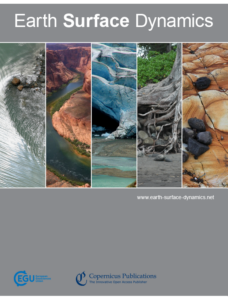 Geomorphic risk maps for river migration using probabilistic modeling – a framework – 10 June 2024
Geomorphic risk maps for river migration using probabilistic modeling – a framework – 10 June 2024
In this paper, we propose a framework for generating risk maps that provide the probabilities of erosion due to river migration. This framework uses concepts from probability theory to learn the river migration model’s parameter values from satellite data while taking into account parameter uncertainty. Our analysis shows that such geomorphic risk estimation is more reliable than models that do not explicitly consider various sources of variability and uncertainty.
Geoscientific Model Development:
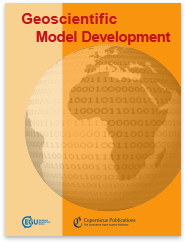 A perspective on the next generation of Earth system model scenarios: towards representative emission pathways (REPs) – 24 June 2024
A perspective on the next generation of Earth system model scenarios: towards representative emission pathways (REPs) – 24 June 2024
The scientific community is considering new scenarios to succeed RCPs and SSPs for the next generation of Earth system model runs to project future climate change. To contribute to that effort, we reflect on relevant policy and scientific research questions and suggest categories for representative emission pathways. These categories are tailored to the Paris Agreement long-term temperature goal, high-risk outcomes in the absence of further climate policy and worlds “that could have been”.
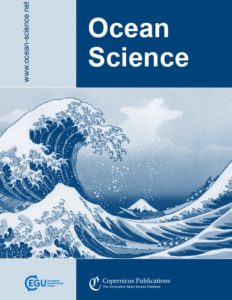 Impact of Hurricane Irma on coral reef sediment redistribution at Looe Key Reef, Florida, USA – 26 June 2024
Impact of Hurricane Irma on coral reef sediment redistribution at Looe Key Reef, Florida, USA – 26 June 2024
Global understanding of storm-driven sediment transport along coral reefs and its impact on species and habitats is limited. Measurement of seafloor elevation and volume change due to a category 4 hurricane showed rapid burial of coral reef habitats and migration of large seafloor features due to the storm. Post-storm erosion rates were 2 orders of magnitude greater than historical rates, indicating areas of seafloor instability that could be less suitable for restoration of benthic species.
Highlights
Does high-latitude ionospheric electrodynamics exhibit hemispheric mirror symmetry? – 5 June 2024
On the importance of middle-atmosphere observations on ionospheric dynamics using WACCM-X and SAMI3 – 14 June 2024
Atmospheric Chemistry and Physics:
Extensive coverage of ultrathin tropical tropopause layer cirrus clouds revealed by balloon-borne lidar observations – 3 June 2024
Opinion: A research roadmap for exploring atmospheric methane removal via iron salt aerosol – 7 June 2024
Opinion: Strengthening research in the Global South – atmospheric science opportunities in South America and Africa – 21 June 2024
Atmospheric Measurement Techniques:
The effect of temperature on photosystem II efficiency across plant functional types and climate – 12 June 2024
Applying global warming levels of emergence to highlight the increasing population exposure to temperature and precipitation extremes – 19 June 2024
EGU in the news – June
- Venice adopts new tourism measures, considers EGU study on rising sea levels as part of the city’s climate change challenges.
- 50 years ago, the sun’s influence on Earth’s lightning was revealed, based on a study published in EGU’s Annales Physicae.


